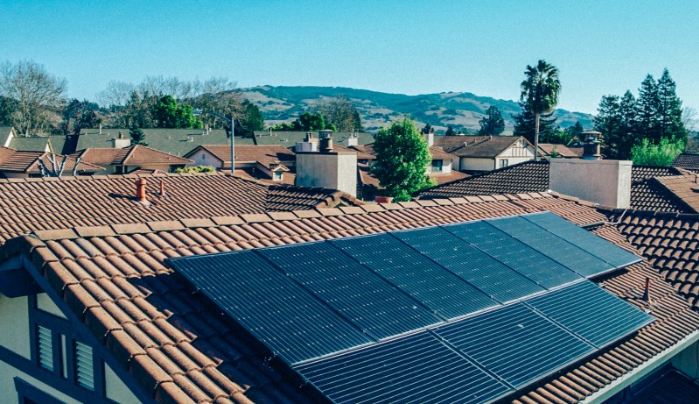It’s no secret that the cost of solar continues to fall globally, but it’s always useful to have some numbers to give a snapshot of where the industry is.
Today we got that snapshot from perhaps the most reputable source: advisory firm Lazard, which has now produced its 10th annual Unsubsidized Levelized Cost of Energy (LCOE) analysis for the year 2016, LCOE 10.0.
LCOE 10.0 shows solar costs falling faster than other forms of generation, with utility-scale PV costs falling 11 percent to between $46 and $61 per megawatt-hour (MWh), with thin-film costs a fraction lower than crystalline silicon costs.
This is roughly in line with cost estimates made by GTM Research, which finds that new power purchase agreements for large-scale solar are being signed at $35-60/MWh. However, these projects will typically be completed in 2017 or later, so costs are lower.
Lazard’s estimates put solar PV at a cost below all fossil-fuel technologies, among which gas combined-cycle plants were the cheapest at $48-$78/MWh. This is the second year that Lazard has reported that utility-scale PV generation is cheaper combined cycle gas plants or any fossil-fuel source. It also puts PV at less than half the cost of nuclear generation.
This makes utility-scale PV slightly more expensive than onshore wind, which came in at $32-$62/MWh. Today Bloomberg New Energy Finance released its latest Climatescope report which found that capital expenditure (CAPEX) costs for utility-scale solar PV plants in the developing world are lower than those for wind; however BNEF was also careful to note that wind still has a lower cost of energy due to higher output.
The analysis also puts rooftop commercial and industrial (C&I) solar at $88-$193/MWh, and shows rooftop residential solar costs falling 26 percent to $138-$222/MWh.
This is by far the steepest cost decline of any technology.
In addition to its analysis of the energy sources, last year Lazard began releasing analyses of the costs of energy storage technologies. This year’s Unsubsidized Levelized Cost of Storage 2.0 found the cost of lithium-ion batteries falling 11-24 percent in 2016, depending upon the application.
For replacement of peaker plants, Lazard put the LCOS of lithium-ion batteries at $285-$581 per MWh, but the cost was much lower at $190-$277 for frequency regulation. Lazard also notes that while lithium-ion batteries are more expensive than peaker plants for some applications, some uses of energy storage are attractive relative to conventional alternatives.
“These uses relate primarily to strengthening the power grid (e.g., frequency regulation, transmission/distribution investment deferral) and accessing cost savings and other sources of value for commercial and industrial energy users through reducing utility bills (e.g., lowering demand charges) and/or participating in demand response programs.”
Lazard also notes that storage costs may continue to fall dramatically with increased deployment, citing “industry participants” that predict that the cost of lithium batteries to fall roughly 40% over the next five years.
This could mean potentially replacing peaker plants. “If industry projections materialize, some energy-storage technologies may be positioned to displace a significant portion of future gas-fired peaking generation, potentially enabling further integration of renewable generation,” notes the report.
This content is protected by copyright and may not be reused. If you want to cooperate with us and would like to reuse some of our content, please contact: editors@pv-magazine.com.









By submitting this form you agree to pv magazine using your data for the purposes of publishing your comment.
Your personal data will only be disclosed or otherwise transmitted to third parties for the purposes of spam filtering or if this is necessary for technical maintenance of the website. Any other transfer to third parties will not take place unless this is justified on the basis of applicable data protection regulations or if pv magazine is legally obliged to do so.
You may revoke this consent at any time with effect for the future, in which case your personal data will be deleted immediately. Otherwise, your data will be deleted if pv magazine has processed your request or the purpose of data storage is fulfilled.
Further information on data privacy can be found in our Data Protection Policy.